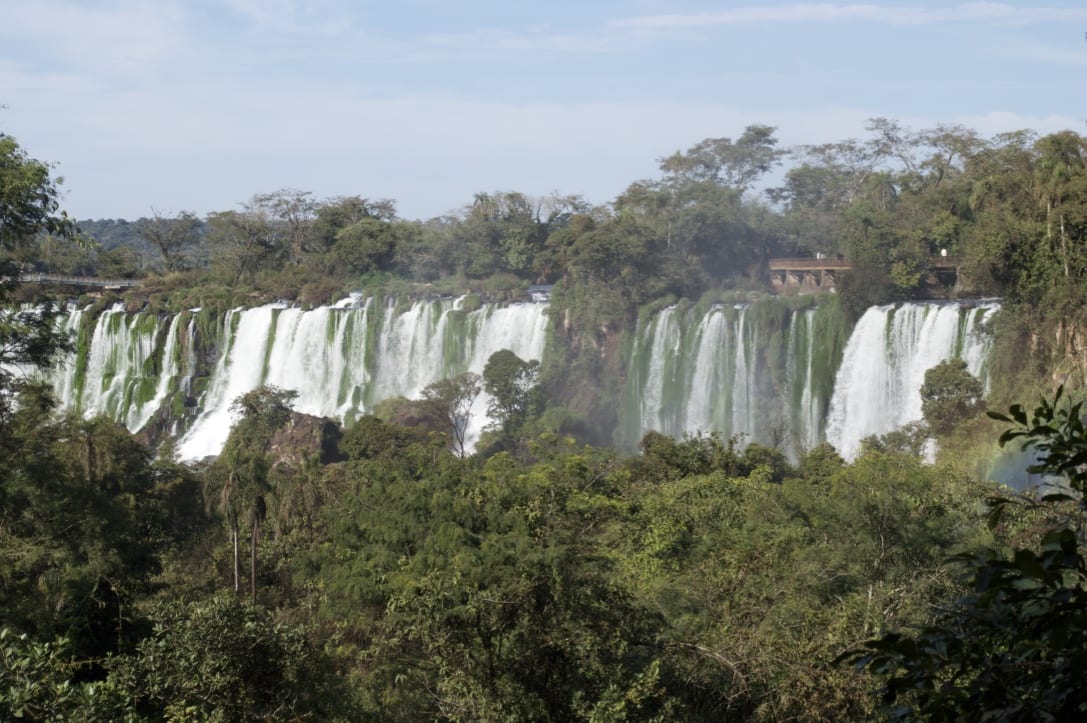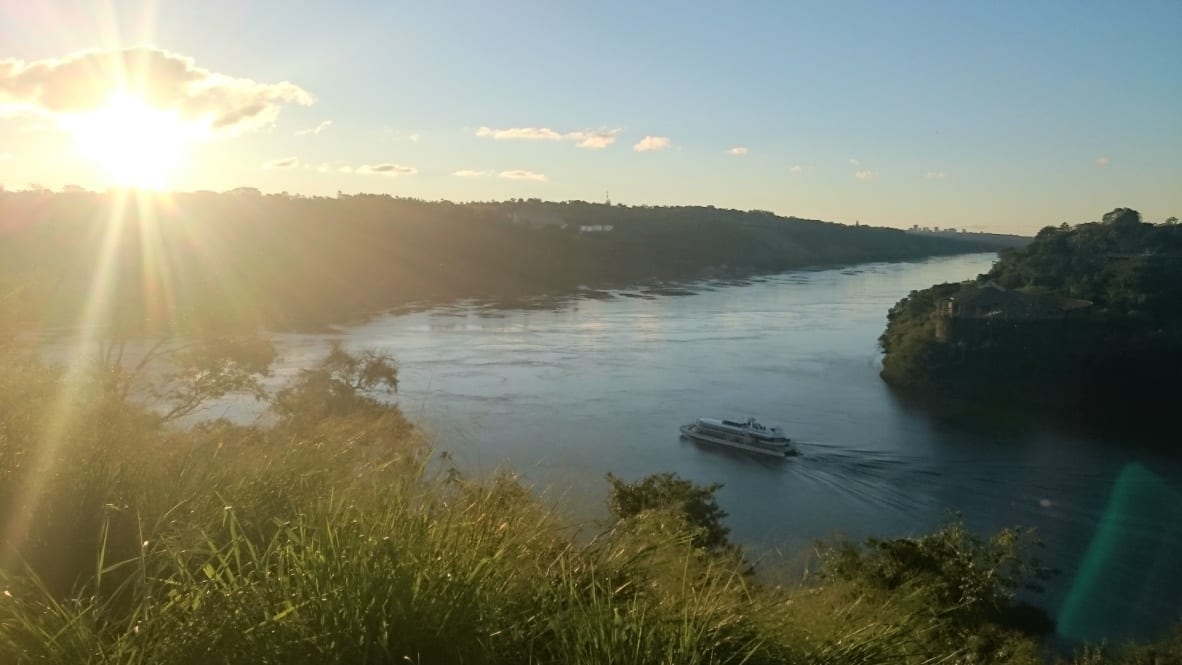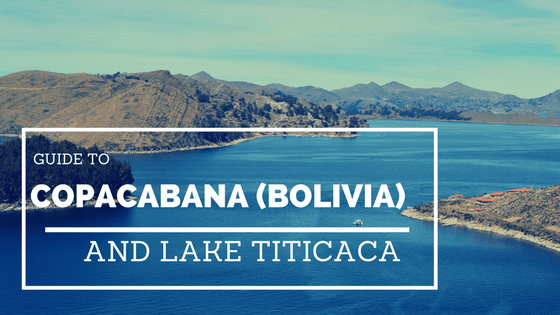Iguazu or Iguassu is the largest waterfalls system in the world. They derive as waterfalls of Iguazu River on the border of Brazilian State of Paraná and Argentinian province of Misiones. With nearly 300 individual falls spread over three kilometres and set in the jungle, this world heritage site is a breathtaking natural phenomenon, it is unlike any other waterfalls in the world and is a must in your bucket list.
Brief History:
Iguazu the word means ‘big water’ or ‘great water’ is the name given by the indigenous Guarani and Tupi people of Paraguay, Brazil and Argentina. The falls were discovered by Spanish explorer Alvar Nunez Cabeza de Vaca in 1541, but a native legend is credited to their existence. According to locals, a deity was engaged to a beautiful woman named Naipi, but she betrayed him with a mortal named Taroba by escaping with her lover in a canoe on the Iguazu River. Blinded by rage, the deity sliced the river in half, creating the waterfalls and contributing to the demise of his traitors.
Like some of the other major waterfalls in the world, Iguazu serves as a natural border between the countries of Brazil and Argentina. This fact directly relates to the two misspellings of the name with the town on each side influencing the spelling. Puerto Iguazu is the name of the town on the Argentinian side (Spanish) and Foz do Iguassu the name of the town on the Brazilian side (Portuguese) of the falls.
Getting There:
Argentinian Side:
By Bus:
Buses depart frequently from Buenos Aires and from other major cities of Argentina to Puerto Iguazu. An 18 hours one-way journey from Buenos Aires would cost around AR$1500 Pesos.
Click here to check the schedule or to book.
By Air:
Puerto Iguazu is served by Cataratas del Iguazú International Airport (IGR), there are regular services from Buenos Aires (AEP/EZE), Rosario, Cordoba, Salta Mendoza and El Calafate.
Brazilian Side:
By Bus:
Long-distance busses to Foz do Iguaçu arrive at the Terminal Rodoviária Internacional on Av Costa e Silva. The terminal is about 3 km from the centre. An UneSul Executivo bus takes 14-16 hours from Porto Alegre.
By Air:
Foz do Iguaçu International Airport (IGU) is served by Gol Transportes Aéreos, LATAM Airlines, Trip Airlines, Azul and Sol Linhas Aéreas with direct scheduled flights to and from Lima, Peru, São Paulo – Guarulhos/Viracopos/Congonhas, Recife, Rio de Janeiro, Curitiba, Porto Alegre, Salvador, Cascavel, Londrina and more. Pluna Airlines from Uruguay has direct flights from Montevideo. The airport is located just off the main road between the city of Foz do Iguaçu and the entrance to the Iguaçu National Park.
Where to Stay:
Argentinian Side:
Hostel 10 in Puerto Iguazu is centrally located and a bed in a dorm costs around USD 5.94 including breakfast.
Brazilian Side:
Made In Brazil hostel offers a place from USD 7.94 and is located 10 minutes walk away from downtown.
Visiting Iguazu Falls

Argentinian Side:
From the main terminal of Puerto Iguazu (Terminal de Ómnibus) Rio Uruguay busses depart to the entrance of the park roughly every twenty minutes (07:00 – 20:50 daily) for AR$100 Pesos, with many other stops in town and on the way to the falls.
The entrance ticket to the park (which is payable at the entrance, an original passport is needed to enter the park) would cost AR$330. If you want to visit the park the second day it possible to obtain an entry the second day at half price provided you get your voucher stamped before exiting the park on the first day.
Brazilian Side:
Buses run every 22 minutes from Terminal de Transporte Urbano (the urban bus terminal) to the entrance of the park. The R$3.20 (USD 1.1) fare makes the bus a very cheap way to visit the Falls and it’s also easy to use. The bus is No.120 to ‘Parque Nacional’. The journey takes about 40 minutes.
The entire Brazilian side can be seen in about 2~4 hours depending on the timing.
The entrance ticket to the park is R$57 (USD 18). It is better to pay by Brazilian Soles or by swiping your credit/debit card as the exchange value with Argentinian Pesos is quite low.
Argentina to Brazil:
From Puerto Iguazu to the Brazilian Iguaçu Falls National Park, it is recommended in doing a day trip. Take a bus operated by Rio Uruguay, be sure that Foz do Iguaçu is mentioned on the front of the bus. Busses usually leave from Gate 7 or 9. The trip costs AR$65 Pesos one way. At the Argentinian border control, everyone, including the driver, gets off to get an exit stamp (it’s safe to leave your baggage on the bus here). The bus driver will wait for everyone before continuing over to the Brazilian side.
Brazil to Argentina:
Buses to Puerto Iguazu leaves every 30 minutes from Ponte da Amizade and a one-way ride would cost R$7 (USD 2.4).
What to See in Puerto Iguazu (town):
Three Frontiers Landmark, (walk down Av. Tres Fronteras). Have a look at Argentina, Paraguay and Brazil, all in the same glimpse while freighters slowly making their way along the water.









Fantastic view. They definitely look worth visiting. Love the tips you have shared to plan a visit. Not sure if I can get there anytime soon but if I do, I know where to come back and look up for information.
The Iguazu falls look amazing. The falls look like a giant water screen, and as you mentioned they serve as a natural border between Argentina and Brazil. This is really fascinating. The pictures too are brilliant and do justice to the beauty of the place.
Definitely on my bucket list! Out of curiosity, which side did you like better and why?
So majestic the falls are amongst the green, I’ve never seen anything like that! Definitely have to see it, thanks for posting the trip in such detail!
Iguazu (the Argentinean side) was the highlight of our 12 months travelling through Latin America.
A simply stunning natural wonder!
Nice photos. Iguazu Falls look beautiful. Do you need visas to cross back and forth across this border?
wow iguazu falls looks amazing. It’s always been somewhere ive wanted to visit, hopefully next year!
We are headed here soon. Will reference back to this for planning. Thanks.